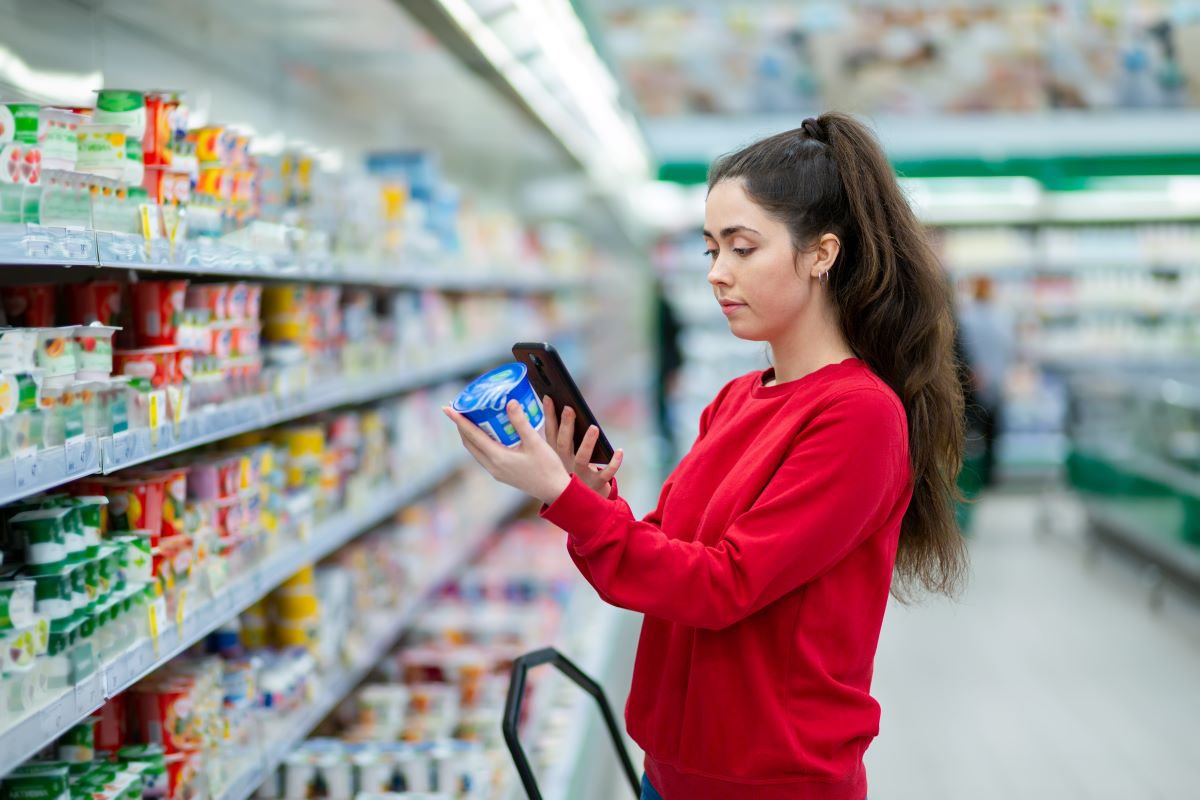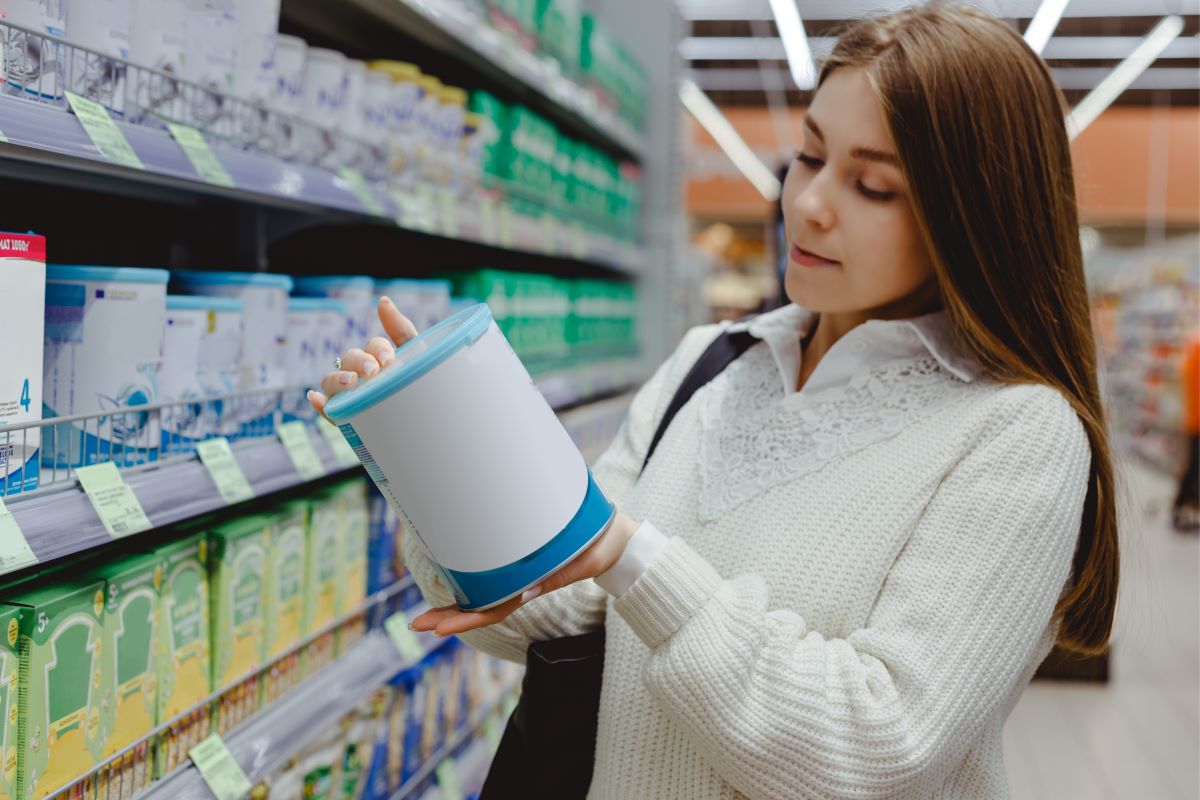The Truth About Your Groceries: Decoding Common Ingredients
Navigating the grocery store aisles can sometimes feel like walking through a chemistry lab. Many products contain more artificial additives than actual nutrients, from neon-colored sodas to fruit snacks that have never seen real fruit. These items might be convenient and addictive, but have you ever stopped to think about what’s really inside them?
1. Processed Cheese Slices

These cheese slices melt perfectly but at a cost: they’re packed with phosphates, emulsifiers, and artificial colors. Often, these components are banned in other countries due to health concerns.
2. Soda

Loaded with high fructose corn syrup, artificial colors, and phosphoric acid, soda is essentially a bubbly brew of chemicals. Some of its dyes have been banned in countries like Norway and Austria.
3. Fruit Snacks

Marketed to kids with pictures of fruits, these snacks instead offer a dose of artificial flavors and gelatin. The vibrant colors come from dyes questioned by health advocates worldwide.
4. Non-Dairy Whipped Toppings

These toppings are a mix of hydrogenated vegetable oils, high fructose corn syrup, and synthetic emulsifiers—far from the cream they mimic.
5. Microwave Popcorn

The butter flavor in microwave popcorn often comes from diacetyl, a chemical linked to respiratory issues. The bags themselves may contain PFOA, a substance linked to several health problems.
6. Instant Noodles

A college dorm staple, instant noodles contain tertiary-butylhydroquinone (TBHQ), a preservative derived from petroleum, alongside MSG and excessive sodium.
7. Margarine

Once touted as a healthier alternative to butter, many margarines are actually trans fat havens, made with hydrogenated oils and artificial colors.
8. Diet Ice Cream

Low-fat and no-sugar options often replace these elements with artificial sweeteners like aspartame and acesulfame potassium, which have been scrutinized for potential health risks.
9. Store-Bought Salad Dressings

These dressings often hide a plethora of preservatives, artificial colors, and flavor enhancers behind their creamy or tangy exteriors.
10. Flavored Yogurts

While yogurt can be a good source of probiotics, many flavored varieties are laden with artificial flavors and excessive sugar or artificial sweeteners.
11. Breakfast Cereals

Many brightly colored cereals targeted at children contain artificial dyes and flavors, along with a high sugar content.
12. Energy Drinks

Packed with caffeine, sugar, and other stimulants like taurine and guarana, energy drinks can be a chemical cocktail posing serious health risks.
13. Packaged Cookies

Beyond sugar and flour, packaged cookies often contain artificial flavors, preservatives, and trans fats to prolong shelf life.
14. Canned Soups

Many canned soups are high in sodium and contain MSG and other chemical additives to enhance flavor and longevity.
15. Bottled Smoothies

Despite their healthy image, many bottled smoothies are high in sugar and use preservatives and colorants to enhance appearance and taste.
16. Vegetable Oils

Some common cooking oils undergo extensive chemical processing with solvents like hexane, far removed from their natural sources.
17. Artificial Sweeteners

Products like sucralose and aspartame offer the allure of zero calories but come with a list of potential health concerns.
18. Processed Meats

From hot dogs to deli slices, processed meats often contain nitrates and phosphates as preservatives, linked to various health issues.
19. Artificial Creamers

Non-dairy creamers use a host of synthetic ingredients to mimic the creaminess and flavor of real milk or cream.
20. Boxed Macaroni and Cheese

The bright orange color of many boxed mac and cheese products comes from artificial dyes, which some studies suggest may affect children’s behavior.
21. Frozen Dinners

These convenient meals are typically loaded with sodium and preservatives to maintain their long freezer shelf life.
Think Before You Eat

While it’s tempting to choose convenience, it’s worth taking a moment to consider what’s really in your food. Opting for whole, less processed options can make a big difference in your health and well-being. Next time you’re shopping, take a closer look at the labels—your body will thank you.
Banned in the USA: 14 Everyday Items We Can’t Have

Ever feel like America’s rulebook was written by someone with a dartboard? Across the pond or down under, things get even wackier. Let’s take a walk on the wild side of global “Do’s” that are definite “Don’ts” in the Land of the Free. Are you ready to find out just how bizarrely different the world can be? Banned in the USA: 14 Everyday Items We Can’t Have
Gone From the Shelves: Why 18 American Staples Vanished

Over the years, various foods that were once staples in American kitchens have been banned or are no longer allowed to be sold due to health, environmental, or ethical reasons. Here’s a list of 18 such items, detailing why they’ve been pulled off the market. Do you remember any of these? Gone From the Shelves: Why 18 American Staples Vanished
Eat & Drink at Your Own Risk: 20 Foods to Keep Away From Your Family

When it comes to food and drinks, not all choices are created equal. Some items on the shelves are so bad for your health that they’re almost legendary. Here’s a list of some of the absolute worst food and drink products—specific brands included—that you might want to avoid at all costs if you care about your nutritional intake. Eat & Drink at Your Own Risk: 20 Foods to Keep Away From Your Family
Featured Image Credit: Shutterstock / Vladeep.
The content of this article is for informational purposes only and does not constitute or replace professional advice.
The images used are for illustrative purposes only and may not represent the actual people or places mentioned in the article.







